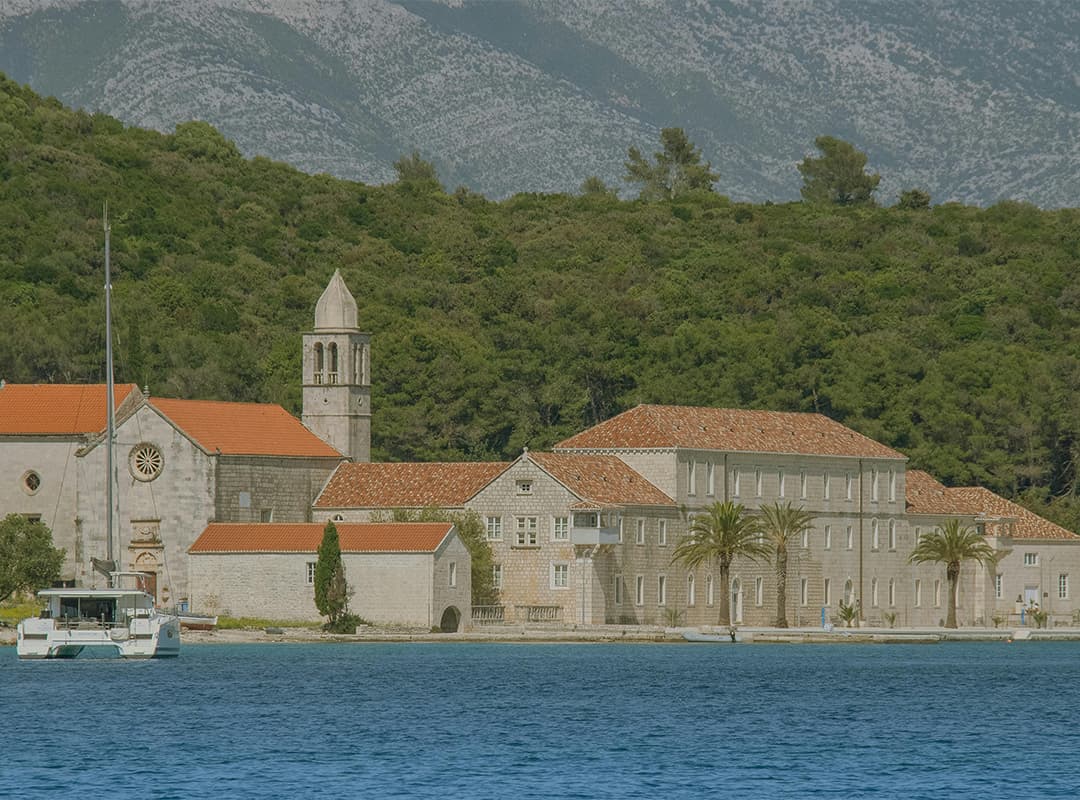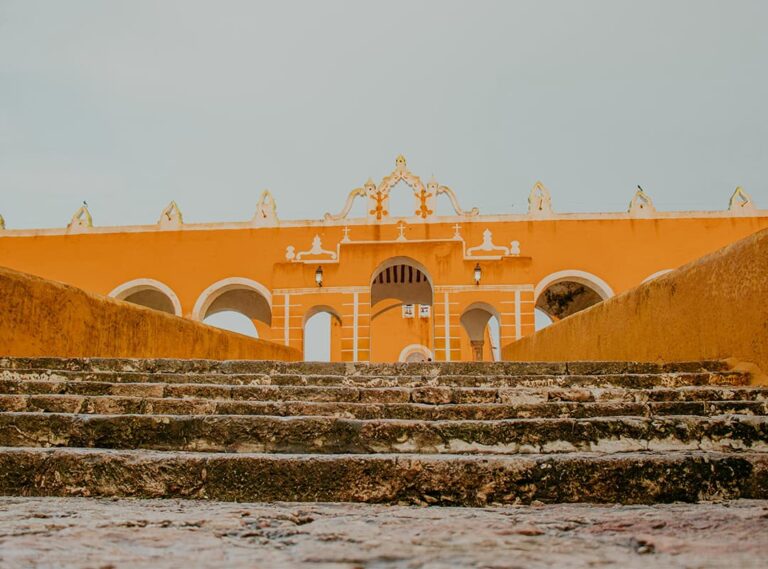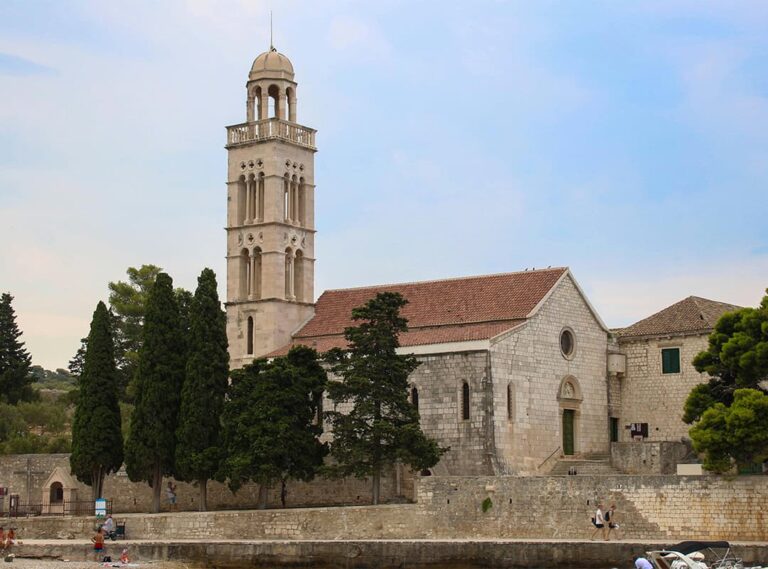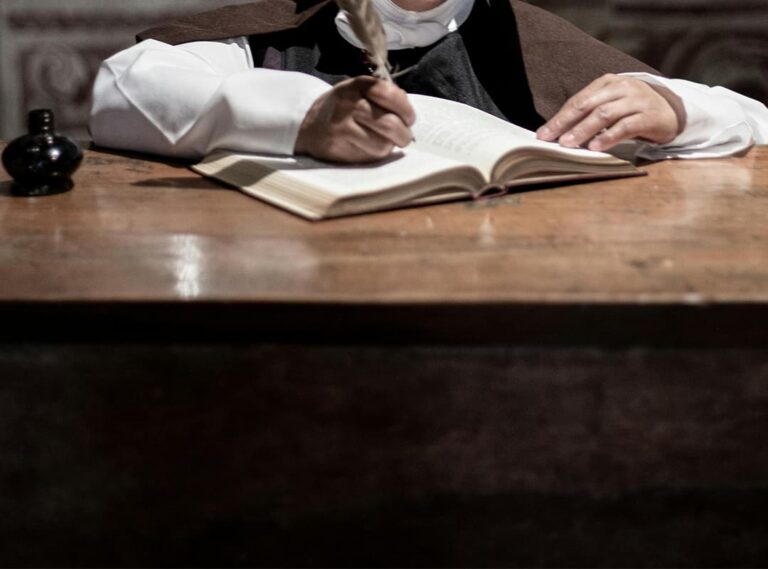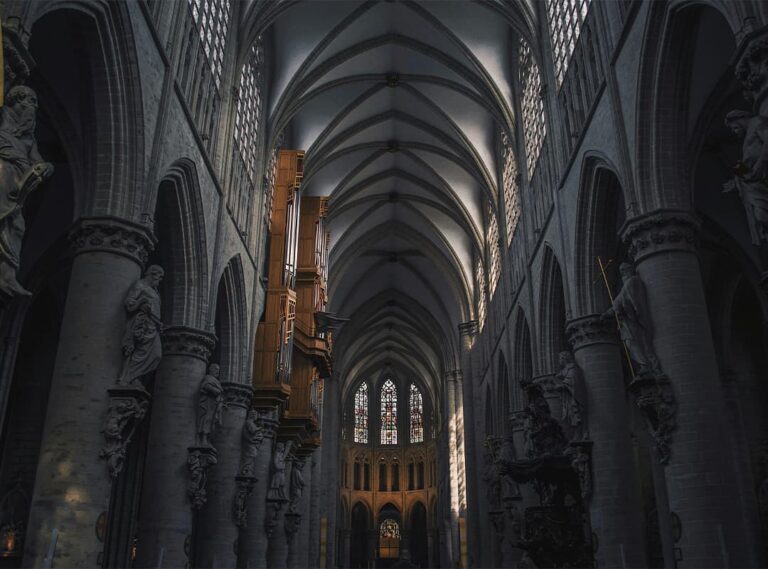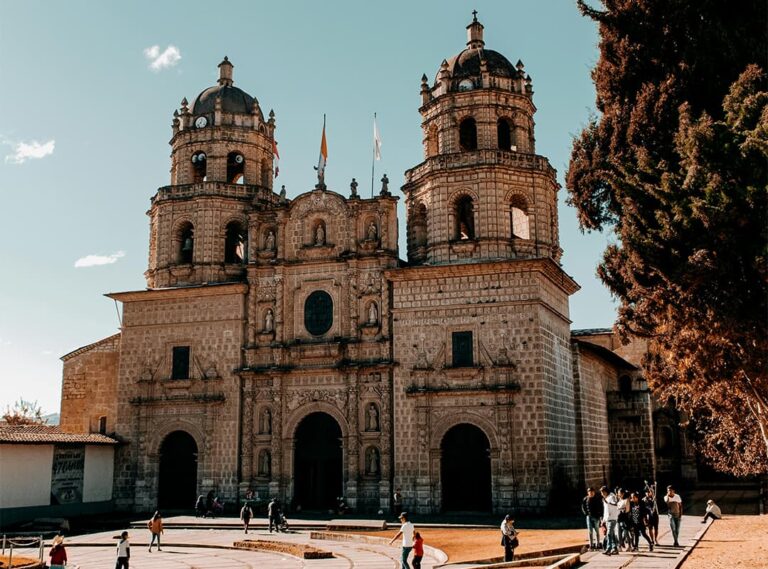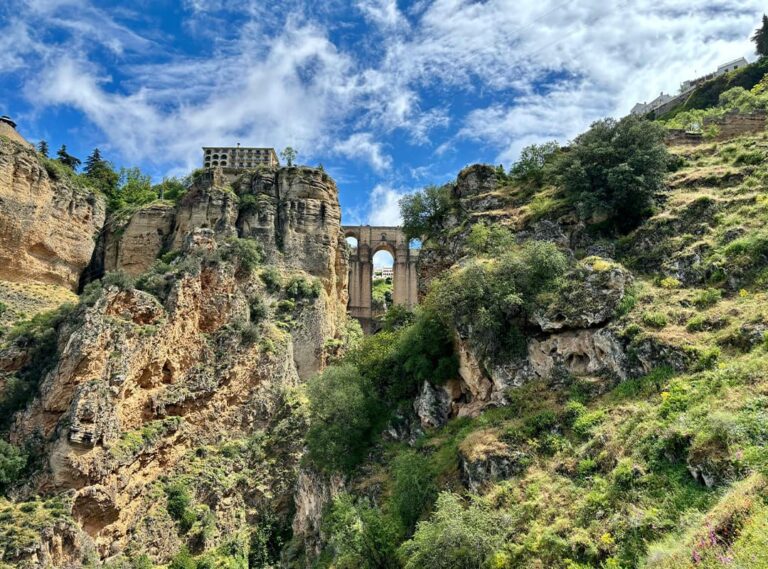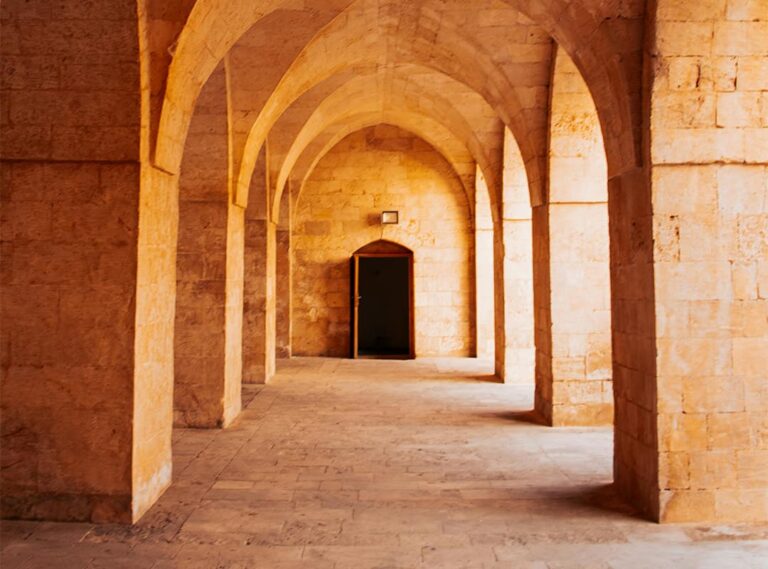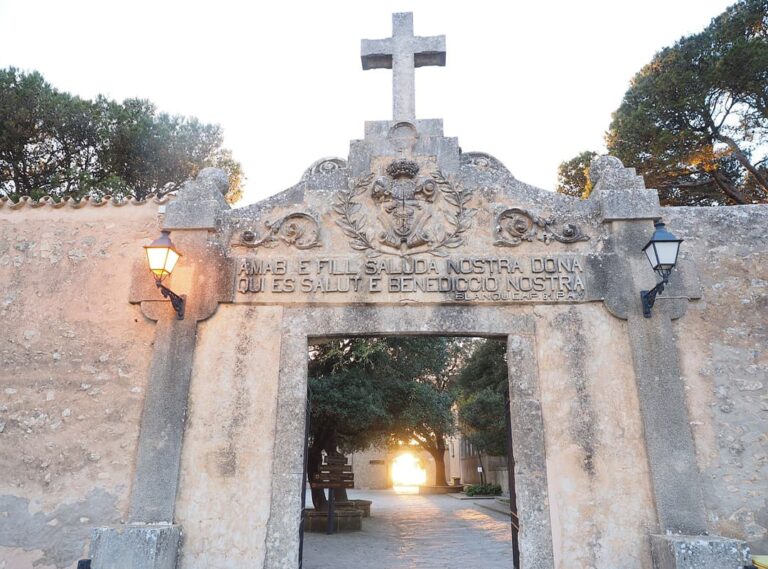The Franciscan missions in Latin America represent a significant chapter in the history of the Catholic Church and the cultural development of the region. From the early 16th century, Franciscan missionaries embarked on journeys to the New World, bringing with them their faith, educational ideals, and a spirit of service. This article explores the history of these missions, their impact on indigenous cultures, and their enduring legacy.
Early Beginnings
The Franciscan Order, founded by Saint Francis of Assisi in the early 13th century, quickly became known for its commitment to poverty, humility, and evangelization. In the early 1500s, following the voyages of Christopher Columbus, Franciscan missionaries began arriving in Latin America, aiming to spread Christianity among the indigenous populations.
One of the first significant efforts was in Mexico, where the Twelve Apostles of Mexico, a group of Franciscan friars, arrived in 1524. Led by Friar Martín de Valencia, these missionaries were tasked with converting the indigenous people to Christianity. They established schools, taught agricultural techniques, and introduced European crafts and trades.
Establishment of Missions
The Franciscan approach to evangelization was holistic, focusing not only on spiritual instruction but also on the overall well-being of the indigenous people. They founded missions across present-day Mexico, Central America, and South America. These missions served as centers of education, agriculture, and community life.
One of the most notable figures in this missionary work was Friar Junípero Serra, who played a crucial role in the establishment of the California missions in the mid-18th century. Serra founded nine of the twenty-one missions in California, including Mission San Diego de Alcalá and Mission San Carlos Borromeo de Carmelo. These missions became pivotal in the cultural and economic development of the region.
Cultural Impact
The Franciscan missions significantly influenced the cultural landscape of Latin America. The missionaries introduced new agricultural practices, architectural styles, and educational systems. They built churches, schools, and hospitals, often blending European and indigenous techniques and designs.
Franciscans also played a key role in preserving indigenous languages and cultures. For example, Friar Bernardino de Sahagún’s work, “The Florentine Codex,” is an extensive ethnographic record of Aztec society, written in both Nahuatl and Spanish. This work remains a crucial source of information about pre-Columbian civilizations.
Challenges and Controversies
Despite their positive contributions, Franciscan missions were not without challenges and controversies. The process of evangelization often involved the suppression of indigenous religious practices and cultural traditions. Additionally, the encomienda system, which placed indigenous people under the control of Spanish settlers for labor, led to significant exploitation and suffering.
However, many Franciscan missionaries advocated for the rights and welfare of the indigenous people. Friar Bartolomé de las Casas, for instance, famously campaigned against the mistreatment of indigenous populations and argued for their humane treatment and conversion through peaceful means.
Legacy
The legacy of Franciscan missions in Latin America is complex and multifaceted. On one hand, they contributed to the spread of Christianity and the establishment of educational and social institutions. On the other hand, they were part of a broader colonial enterprise that had profound and often detrimental effects on indigenous societies.
Today, the influence of the Franciscan missions can still be seen in the architecture, culture, and religious practices of Latin America. Many of the mission churches remain active places of worship and are recognized as UNESCO World Heritage Sites. The blending of European and indigenous traditions continues to shape the cultural identity of the region.
The Black Virgin Mary
An intriguing aspect of Franciscan spiritual and cultural influence is the veneration of the Black Virgin Mary, also known as La Virgen Morena. This image, often associated with various miraculous events, represents a syncretic blend of Catholic and indigenous beliefs. The most famous representation is Our Lady of Guadalupe in Mexico, a revered symbol of Mexican identity and faith. This veneration highlights the deep impact of Franciscan missions on religious practices in Latin America.
The Franciscan missions in Latin America were a significant force in shaping the region’s history and culture. Through their efforts in evangelization, education, and community building, Franciscan missionaries left an enduring legacy that continues to influence Latin American society. While their work was marked by both achievements and challenges, the Franciscans’ commitment to their faith and the well-being of the people they served remains a testament to their enduring impact.
